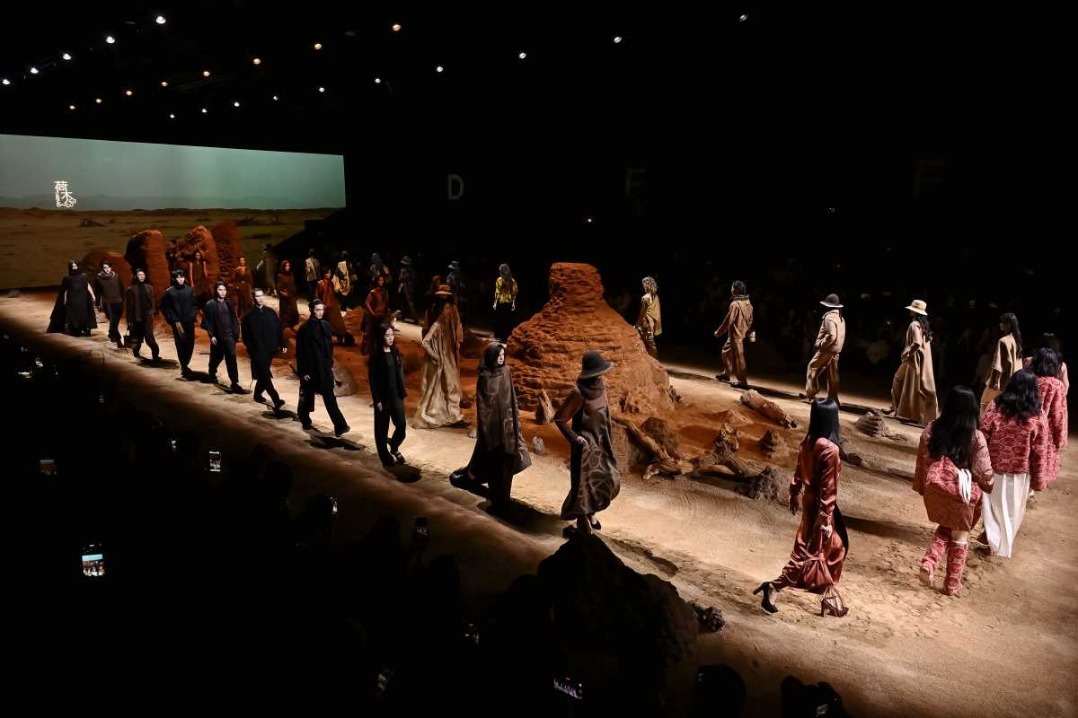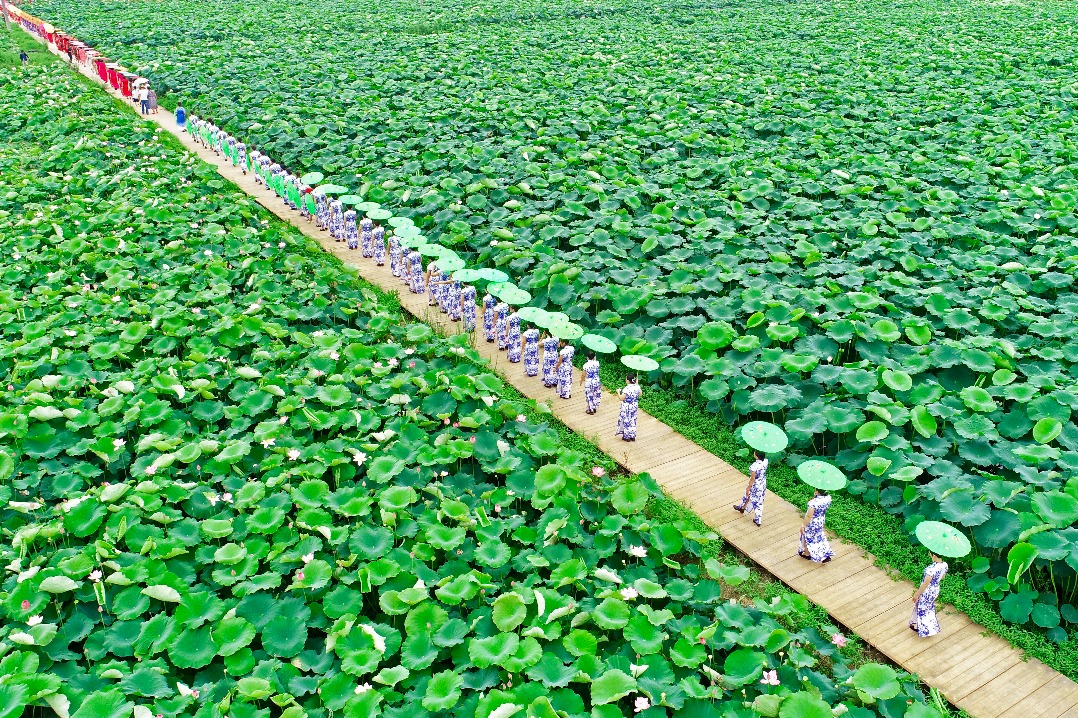Childhood rhyme echoes in Nanjing film


Dead to Rights, a film based on the true events of the 1937 Nanjing Massacre, premiered on the Chinese mainland this summer. It tells the courageous story of a group of civilians working at a local photo studio who risked their lives to protect photographic evidence of Japanese atrocities in Nanjing.
"City gate, city gate, how many yards high? Thirty-six yards reaching the sky."
For many of us born and raised in Nanjing, East China's Jiangsu province, this rhyme is part of our childhood. I can still picture the game: children forming a line, two raising their arms as the "gate" while the others ran underneath in rhythm with the chant. The laughter, bright voices, and quick footsteps remain a collective memory cherished by Nanjing locals.
In Dead to Rights, when this very rhyme resurfaces to mark the timing of photographs being developed, tears well up in my eyes. It feels as if a fragment of childhood is woven into history, and the film makes me hear words I thought I understood in a whole new way.
Dead to Rights tells a story familiar to every Nanjing family — a chapter of struggle and survival during the city's darkest days. Yet what makes the film truly touching is not its portrayal of violence or tragedy, but its quiet honesty. It captures the texture of life in Nanjing with remarkable intimacy: the cadence of the local dialect, the rhythms of neighborhood routines, the winding lanes of the old city, and above all, the refrain of a local song threading through both ordinary and extraordinary moments.
Outside the photo studio, the world collapses into chaos. The city gates — once towering guardians of safety — crumbled under fire. In that moment, the rhyme ceases to be just a game — it becomes a lament, a memory, and a quiet act of defiance. For the first time, I truly understood what it meant.
That is why, for generations of Nanjing people, the city wall has never been just stone. Once a bulwark of defense, it has become a vessel of memory.
And yet, despite the weight of history it carries, the wall has gently folded into everyday life. As toddlers, we scampered through its arches, turning worn stone into makeshift slides. As students, we traced its length on school excursions, sketching, filming, or writing essays about its grandeur. Even after leaving for study or work elsewhere, many of us return home and instinctively head for the wall, climbing it once again to reconnect with something unspoken.
In this way, the wall speaks the same truth as the film: history must never be forgotten, but remembering does not mean holding onto resentment. To recall is to recognize, to honor, and to learn. Just as the wall once defended a city and now preserves its past, memory can guide us steadily toward peace.
Written by Jiang Xinyu, 20, a student from Nanjing, Jiangsu province, currently at Tsinghua University. She has long expressed her affection for her hometown through art — her drawing was selected for Nanjing's first city-wall-themed children's art competition and printed on public transit cards. Today, she captures the city's beauty through her camera, sharing her work on social media platforms.




































